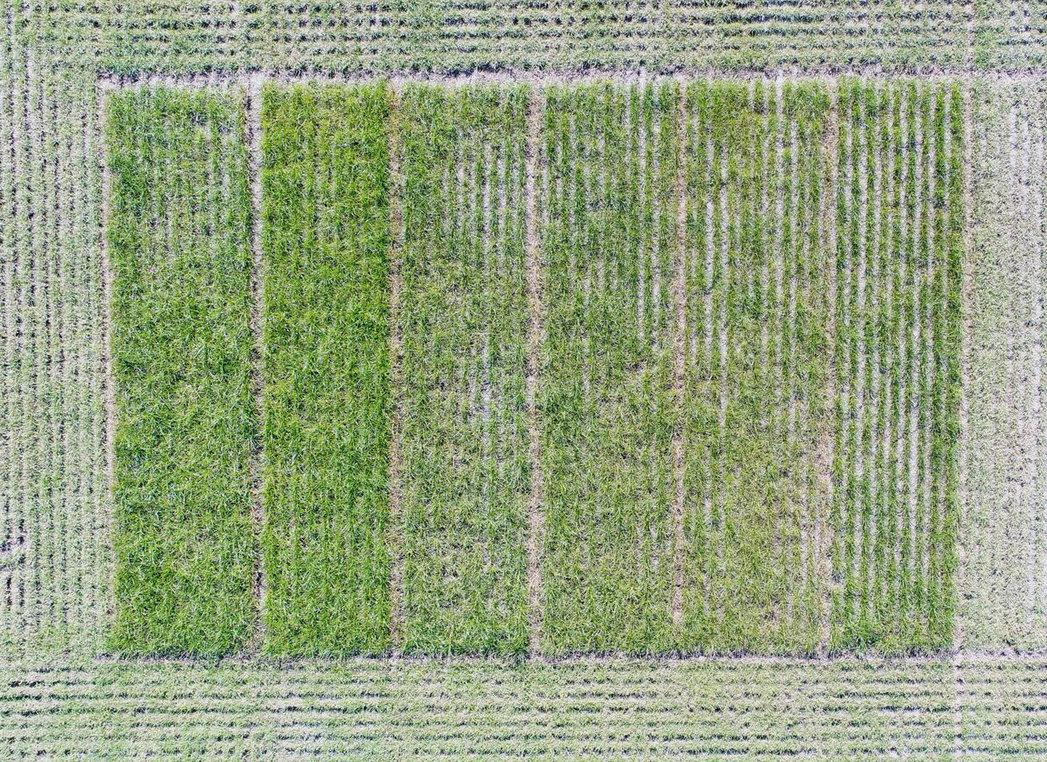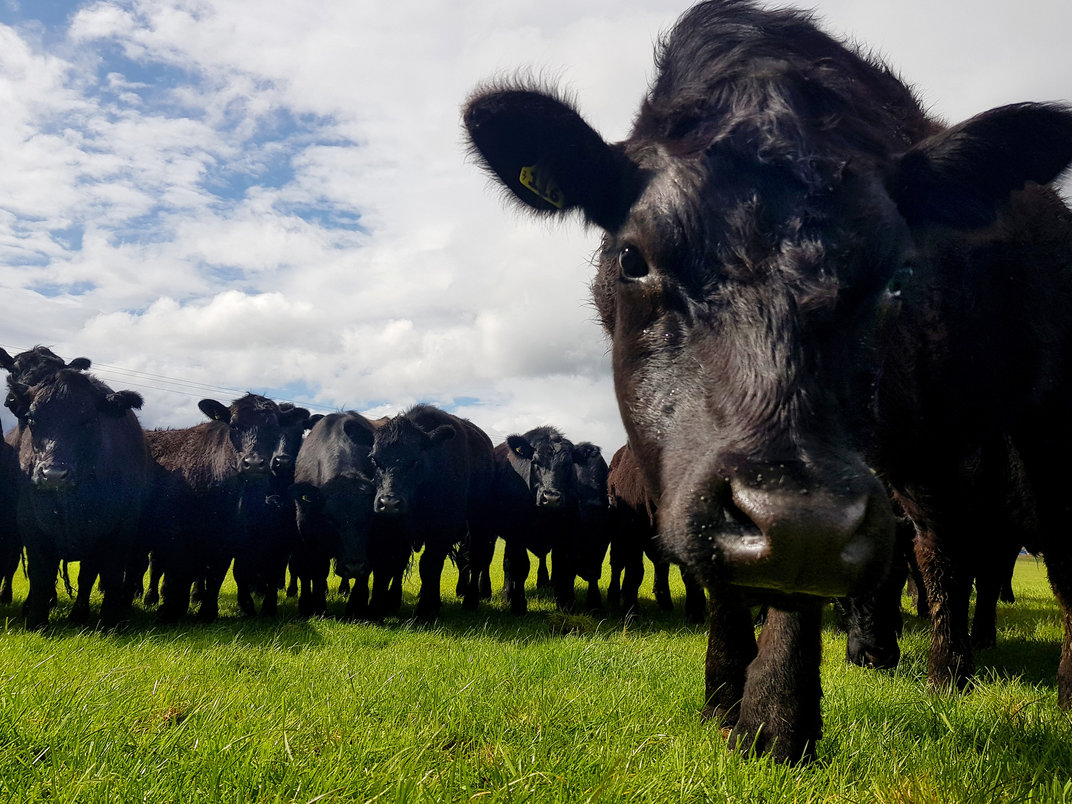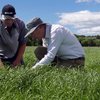Where food is scarce, water is rationed and only the fittest thrive
It’s a warm dry day heading into summer. You’re hungry and...
It’s a warm dry day heading into summer. You’re hungry and thirsty, tasked with major physical challenges, but there’s not much fuel around to keep yourself going. You just have to dig deep and do the best you can with what you have.
This is part of your training, after all. Fall over now, and you’ll never make the cut. Persist, and you could be the forebearer of a new generation of champions, leaner and fitter than their predecessors.
Such is the bootcamp life of aspiring new pastures at Barenbrug. We’re tough on our plants, because any plant can flourish when conditions are perfect. Apply stress, however, and it’s a different story!
Graze thoroughly, limit the nitrogen, water sparingly, and only the most resilient ryegrass will shine. Those are the ones you need, not the others…
Tough love
We talked last month about the value of getting the best possible mileage out of all the nitrogen cycling through your farm every day.
This is something we think about, too. Twenty-five years ago, low soil nitrogen was helping identify the winners - and losers – in our ryegrass breeding programme.
Why? Because in the real world, the risk soil nutrient deficiency is ever present, not to mention climatic extremes, insect pests and overgrazing. You need pasture that can cope under pressure.
Today, nitrogen use efficiency in NZ farming is more topical than ever. And just as you have had to optimise nitrogen in your farm system, we have had to look harder at the way some ryegrasses do better with the same amount of nitrogen than others.
Lean and keen
Take Array, our new perennial diploid, for example. Sown side by side with its peers, on the same soil type, with identical applications of nitrogen fertiliser, Array achieves something rare. It grows more than the others.
In fact, it’s the highest yielding ryegrass we’ve ever bred.
When its potential first became evident, we did a specific trial to make sure we were seeing what we thought we were seeing. Array and other perennial ryegrasses were grown under three different nitrogen treatments – high, good and deficient.

As expected, under medium or high nitrogen application, all cultivars grew well, including Array. But look closely at the nitrogen-deficient plots below – Array grew significantly more than the other cultivars.

Wait, what?
We cut herbage samples from every plot in this trial, and tested these to see how much nitrogen they contained.
Surprise – all cultivars contained the same concentration of nitrogen in their leaves. But Array yielded significantly higher. So somehow, it was able to extract much more nitrogen from the soil than the others.
Think about this for a moment. What might this mean for you and your farm? First, more even pasture growth at times when soil nitrogen is deficient, something that happens on virtually every farm at some stage during the year.
Second, a win for the environment, because you’re utilising nitrogen more efficiently.
We don’t know yet exactly how Array achieves what it does. Research continues as we seek out the next improvement. Watch this space!
Multi-talented
Array has been 22 years in the making. Its unique ability to extract nitrogen from the soil is super exciting. But that alone is not enough to make Array a winner in today’s world.
Which is why all our potential new ryegrasses go to bootcamp. Yes, they need to be able to cope with sub-optimal nitrogen. But they also need to persist; weather an erratic climate; taste good and be easy to eat.
For you and your animals to thrive in the 2020s and beyond, pastures must do the same. Persistent ryegrass means less frequent renewal, which helps both Mother Nature and your bank balance.
Cool season growth maximises soil moisture, farm-grown feed and animal performance during autumn, winter and spring, so you can adapt to potentially longer, hotter summers in future.
Bite me!
A lactating cow might take 25,000 bites a day to consume the pasture she needs. A growing beef steer might take more than 10,000. That’s a lot of work.

The easier we make each bite, the more time your animals have to eat their fill, relax, ruminate and convert that grass into growth, protein and fibre.
So our plant breeders don’t just select ryegrass genetics for their ability to withstand physical stress. We also think about how animals actually graze, and ask ourselves, how can we improve that process for them?
If the experts tell us tall, thin, upright tillers are easier to eat than short, fat, floppy tillers (hint – they are!), that’s what we go for.
What next?
Array will be available in the new year. But you don’t have to wait until then to make positive changes with your pasture.
We’re always available to help get the best out of your system. Just hop online to book your free personal Pasture Health Check today at www.barenbrug.co.nz

_modified---Writting%202.jpg?height=500&width=1900&mode=crop&converttowebp=0)


